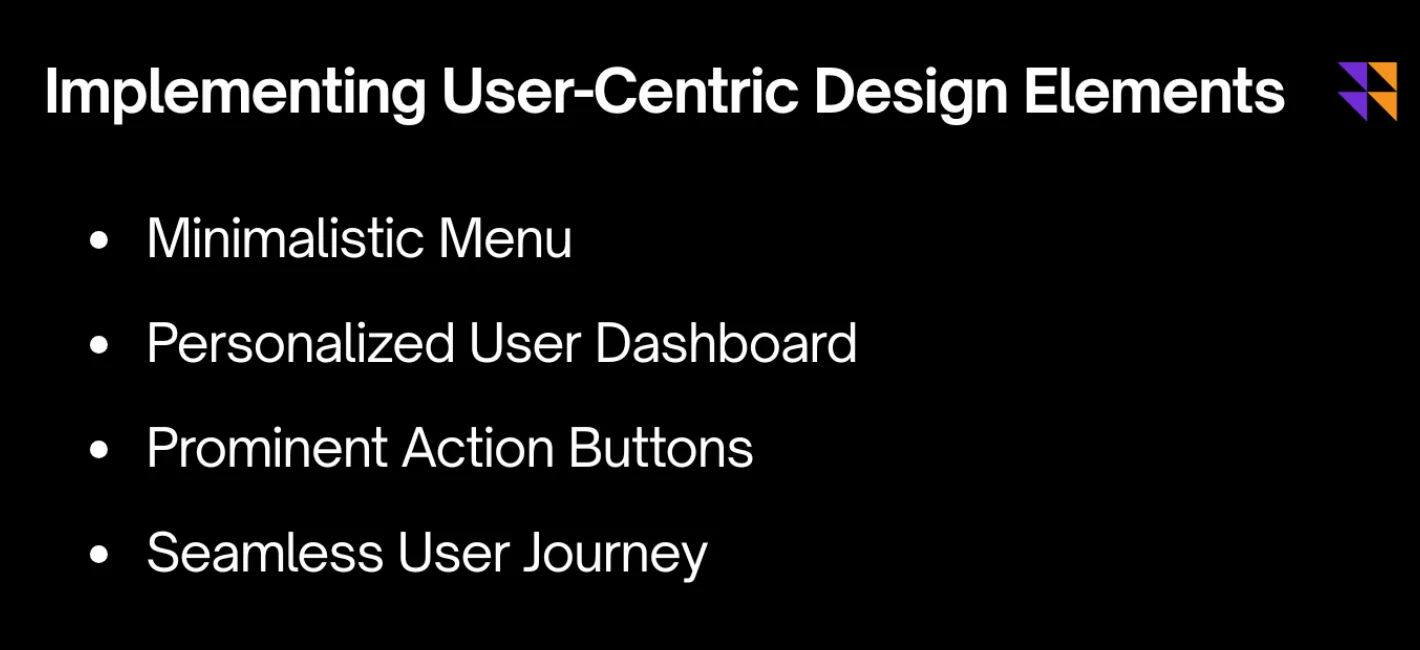The rise of telehealth has reshaped how patients interact with healthcare providers. A well-designed telehealth website is the online front door to your practice. The quality of this digital experience has a direct effect on patients’ trust, retention, and overall satisfaction. A smooth, safe, and user-friendly site can attract and keep patients, whereas a complicated one can hinder growth.
As experts in healthcare design, we at Webugol Agency have seen firsthand how strategic telehealth website design transforms practices. A website that knows what users want and gives them a safe, easy experience doesn’t just meet their requirements; it creates long-lasting relationships.
To stay ahead of the curve, you need to be proactive about the future. We’ll discuss the key elements that will make telehealth platforms effective in the future, such as being mobile-friendly, having strong security, and using AI to create new features.
The Importance of Telehealth Website Design
In a digital-first era, a telehealth website is the main patient-provider interface. A well-designed website makes sure that everyone can use it, that communication is easy, and that trust is built, all of which are important for providing good care. Additionally, it helps healthcare services compete by meeting the growing demand for simple, virtual healthcare solutions. Emphasis on intuitive telehealth website design and utility first not only makes patients happier, but it also makes processes go more smoothly for healthcare providers.

Mobile Responsiveness is Non-Negotiable
Mobile patients want healthcare services on their smartphones and tablets. It’s no longer a suggestion for a telemedicine website development company to develop telehealth websites with mobile devices in mind; it’s a must-have. Mobile devices will be used by the majority of people to arrange appointments, attend video consultations, and access their health records. An unresponsive website design results in a disappointing user experience, high bounce rates, and missed opportunities.
Key Principles of Effective Telehealth Website Design
- Go beyond simply shrinking your desktop site. When designing for mobile, you need to consider carefully how content is laid up and how people move across your website.
- Design menus that are easy to navigate on smaller screens.
- Make all interactive elements large and easy to press to avoid accidental clicks and frustration.
- Use telehealth website designs that automatically change to match any screen size.
- Compress image and video files to reduce load times. This is important because mobile consumers often have slower connections and want fast performance.
- To show patients you value their time, prioritize a speedy, clean, and intuitive mobile interface.
As we move toward 2025, telehealth website design will get increasingly better. Touch interfaces that imitate popular consumer apps will make navigation easier. AI-powered features will also be more important.
Secure Patient Portals & Login Features
Security is the primary concern in the healthcare industry. Ironclad security measures, especially in the patient interface, are necessary for a strong telehealth website design. Your design must comply with HIPAA and demonstrate a strong commitment to protecting patient data at every touchpoint.
Essential Security Features
Two-factor authentication (2FA): This should be common, as it adds an extra layer of protection beyond just a password.
Encrypted communication channels: All patient-provider messages must be encrypted to avoid unauthorized access.
Simple yet secure login: The user should be able to log in easily, but there should be complicated security processes behind it. This balance ensures easy access while maintaining full protection.
By 2025, telemedicine website development will make use of even more advanced technologies. Biometric logins, which use fingerprints or facial recognition, will probably become increasingly prevalent. They are a more convenient and safer way to log in than regular passwords.

Integrated Video Consultation Tools
Video consultations are the foundation of telemedicine, so your telehealth website design must include high-quality video integration. Patients and providers need a tool that is easy to use, reliable, and intuitive. Technical problems, poor video quality, and confusing interfaces can ruin the consultation, erode confidence, and spoil everyone’s experience.
Video tool design must foster usability. The interface should be simple and easy to use, with buttons that are clearly labeled for starting a consultation, muting audio, or sharing a screen. Avoiding delays and ensuring natural communication requires low-latency performance.
Features like virtual waiting rooms can assist in managing patient expectations and give them useful information before the appointment starts. Automated updates can also let patients know about any delays. To emphasize on patient-provider connection, technology should fade into the background.
By 2025, telehealth website design will include new and fascinating features. AR might let providers overlay diagnostic information during calls, while AI-powered upgrades could improve video and audio quality on low-bandwidth connections. These alterations will make remote care much more useful and easier to access.

Easy Appointment Scheduling and Reminders
One of the fastest ways to lose a potential patient is to have a difficult scheduling process. Modern consumers expect telemedicine websites to function as smoothly as the platforms they use for booking dinner reservations or flights.
A good telehealth website design has a scheduling system that is easy to use, adaptable, and user-friendly. By helping patients plan, reschedule, and cancel appointments themselves, telehealth website development services reduce administrative effort and boost patient satisfaction.

Key Features for an Effective Appointment Scheduling System
- Real-Time Calendar Integration
- Automated Reminders
- Provider and Appointment Filters
- Seamless Scheduling Process
- Comprehensive Accessibility Features
Healthcare should be accessible to all, and your telehealth website should reflect that commitment. Accessibility implies allowing persons with visual, auditory, motor, or cognitive impairments to use your platform without barriers. The Americans with Disabilities Act (ADA) and other laws make this not merely the right option, but also the law. An accessible telehealth website design shows inclusivity and expands your patient base.
Key Accessibility Practices
- Text-to-speech functionality
- Keyboard navigation
- High-contrast color schemes
- Descriptive alt-text
- Closed captions
- Simple language and layout
Adding these features can make your telehealth website design easier to use for everyone. Voice command navigation will let anyone navigate the site without a mouse or keyboard. AI-powered tools could also translate languages in real time for people who don’t speak the language. These innovations will make telehealth universal.
Telehealth-Specific Content Management
Your telehealth website content increases trust, educates patients, and improves search engine rankings. A thoughtful telehealth website design organizes this content in a way that is clear, intuitive, and easy to navigate. By organizing and making healthcare content easy to find, you show that you are a trustworthy and helpful source.
Organizing Your Content
- Add an FAQ page, extensive descriptions of your services, and instructional resources like articles or blog posts.
- Avoid jargon to make your content understandable to a broad audience.
- Use photos and videos to make your telehealth website design more interesting and to help people understand complicated ideas.
- A well-organized content strategy shows search engines that your site is informative, improving user experience and search ranking.
Interactive content is the future of telehealth. Expect more interactive patient education tools by 2025, such as virtual symptom checkers that direct users to resources or health condition quizzes.
These tools will make learning about health more interesting and unique.
Seamless Payment Processing Integration
Payment processing is essential for telemedicine platforms. A cumbersome or confusing payment process can frustrate patients and create administrative headaches. Telehealth website design should have a secure, simple, and integrated payment system. Patients should be able to simply find out how much they will have to pay, check their insurance, and make payments all from your website.
Essential Features for a Seamless Payment Experience
- Integration with Major Payment Processors
- Insurance Eligibility Verification
- Transparent Pricing
- Smooth Payment Process
User-Centric Navigation and Interface
Your telehealth website design will serve tech-savvy millennials and older adults who are less tech-savvy. Everyone should be able to easily use your navigation and interface design.
Future UX trends suggest that personalization will become increasingly more important. AI-driven interfaces could emphasize a patient’s most used features. Smart suggestions could help users by reminding them to make a follow-up appointment or giving them access to useful educational content based on what they’ve been doing lately.

Integration with Electronic Health Records (EHR)
Integrating EHR systems seamlessly changes the game for healthcare providers. A connected system lets patient information flow between the telehealth platform and the main health record in a way that is always accurate. This avoids laborious data entry, minimizes errors, and gives virtual consultants a complete medical history. A strong telehealth website design facilitates this integration smoothly and securely.
The development process should make it easy to sync data between the telehealth platform and the EHR. Without switching systems, providers should be able to access and edit patient records from the consultation interface.
SEO Best Practices for Telehealth
It doesn’t matter how well the telehealth website design is created; if patients can’t locate it, it’s ineffective. SEO is crucial for organic traffic and patient acquisition. When people are seeking telehealth services, a good SEO strategy makes sure that your website comes up first in search results.
Key SEO Techniques for Telehealth Websites
Keyword Optimization: Use relevant keywords
Technical Performance: Ensure fast loading times and mobile-friendliness
Structured Data: Implement Schema.org markup
Content Authority: Create high-quality, informative content
By 2025, voice search will be crucial. If patients ask their smart speakers to “find an online therapist,” your site must be optimized. AI-driven SEO tools will also increase, identifying ranking opportunities and automating optimization.
Conclusion
Creating a successful telehealth website design for 2025 and beyond requires a forward-thinking approach to website design. You can develop a website that not only meets but exceeds patient expectations by ensuring it functions well on mobile devices, has robust security, and integrates seamlessly with other systems.
In the fast-growing telehealth industry, keeping up with technology is essential. You may provide great care and grow your practice by following these trends and always improving your online presence.
If you’re ready to create a telehealth website that sets you apart, contact Webugol Agency today. Our team of experts specializes in healthcare design and can help you build a platform that is ready for the future.


